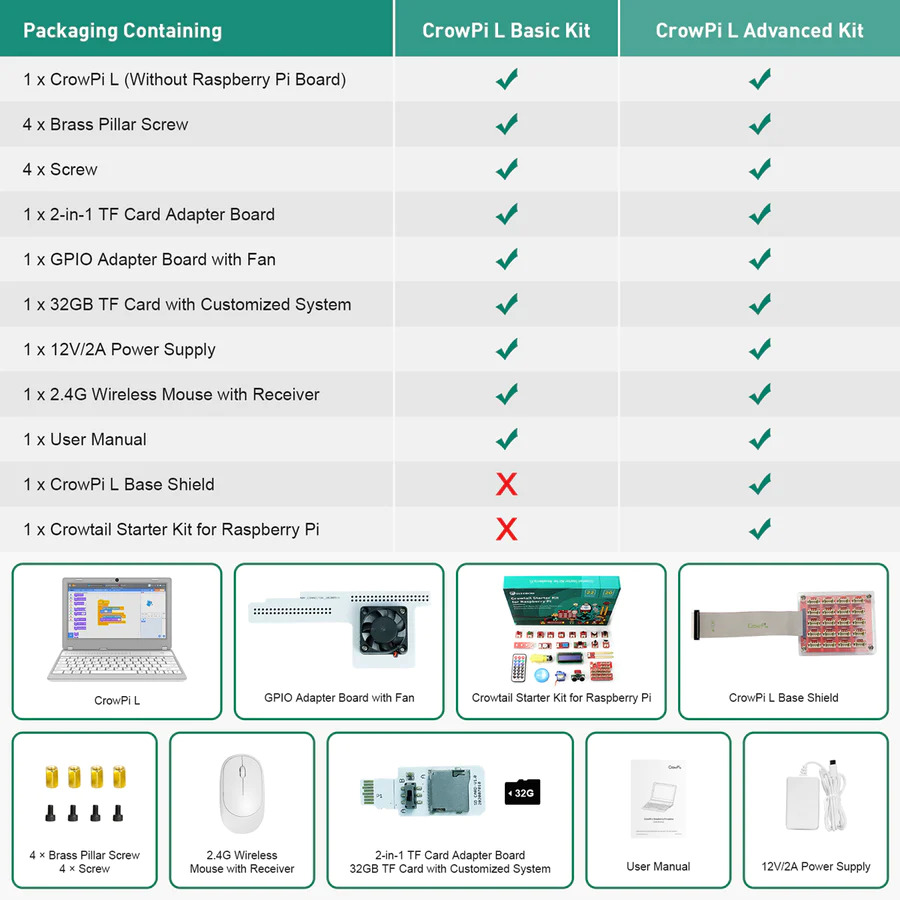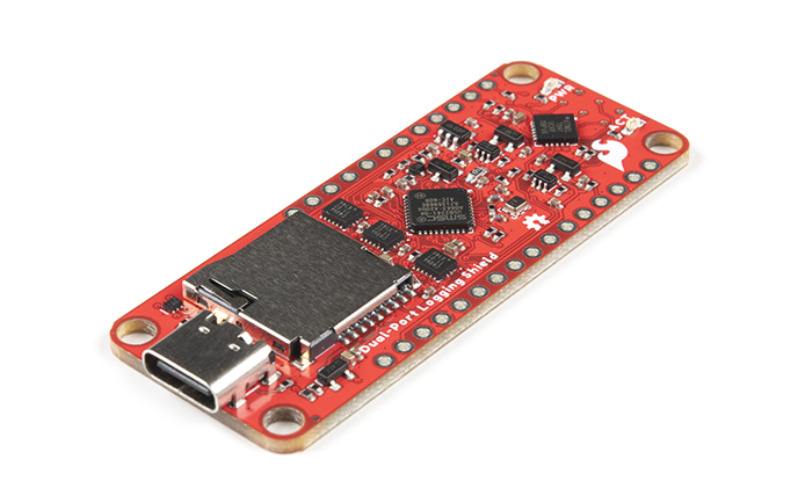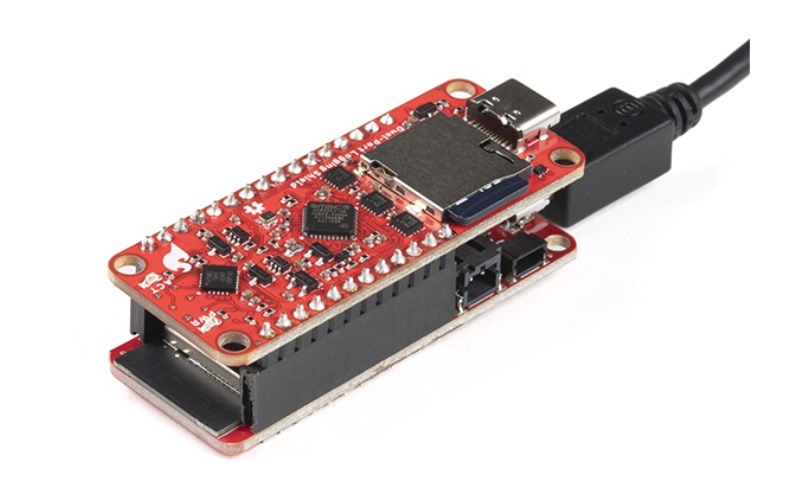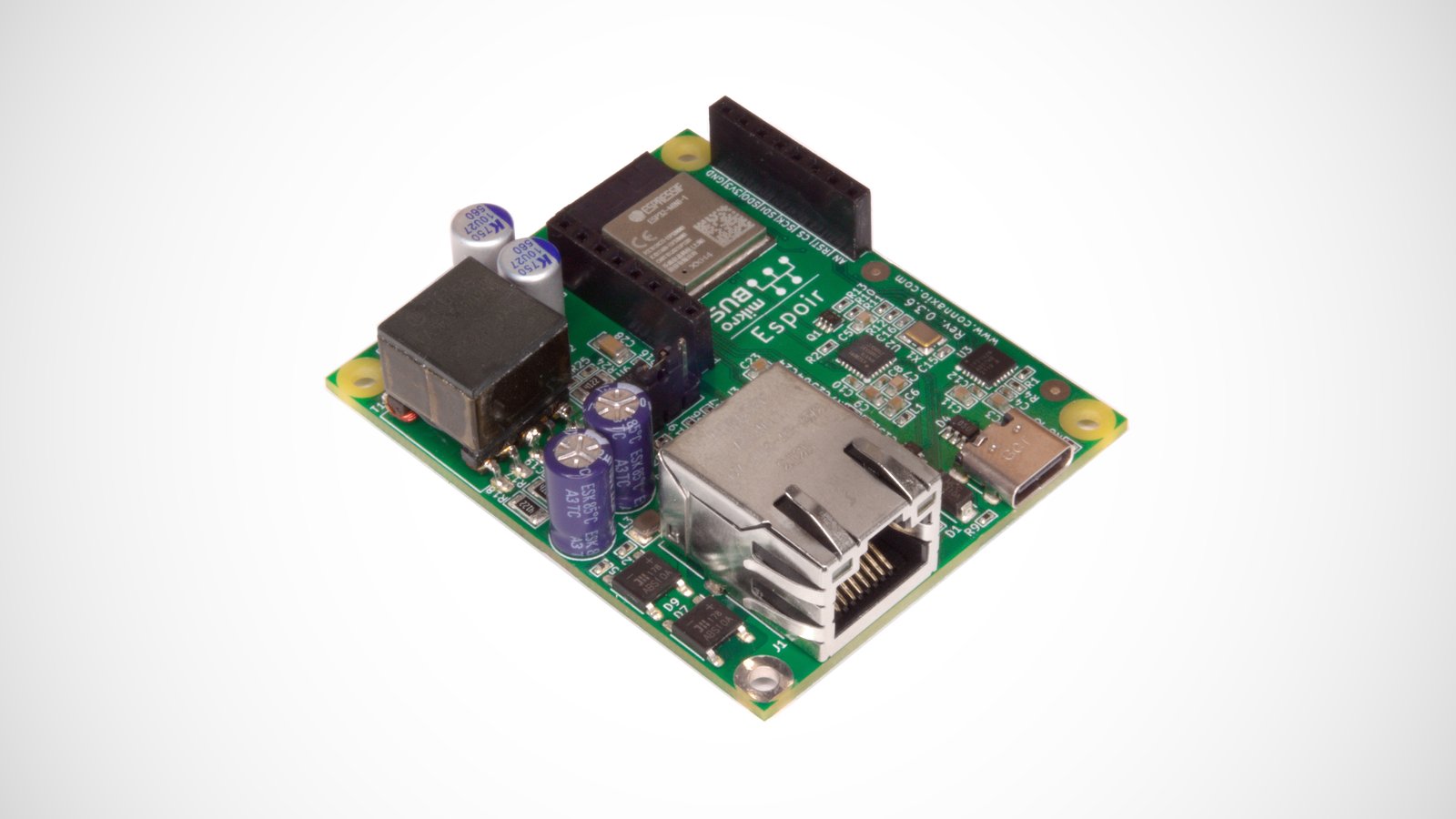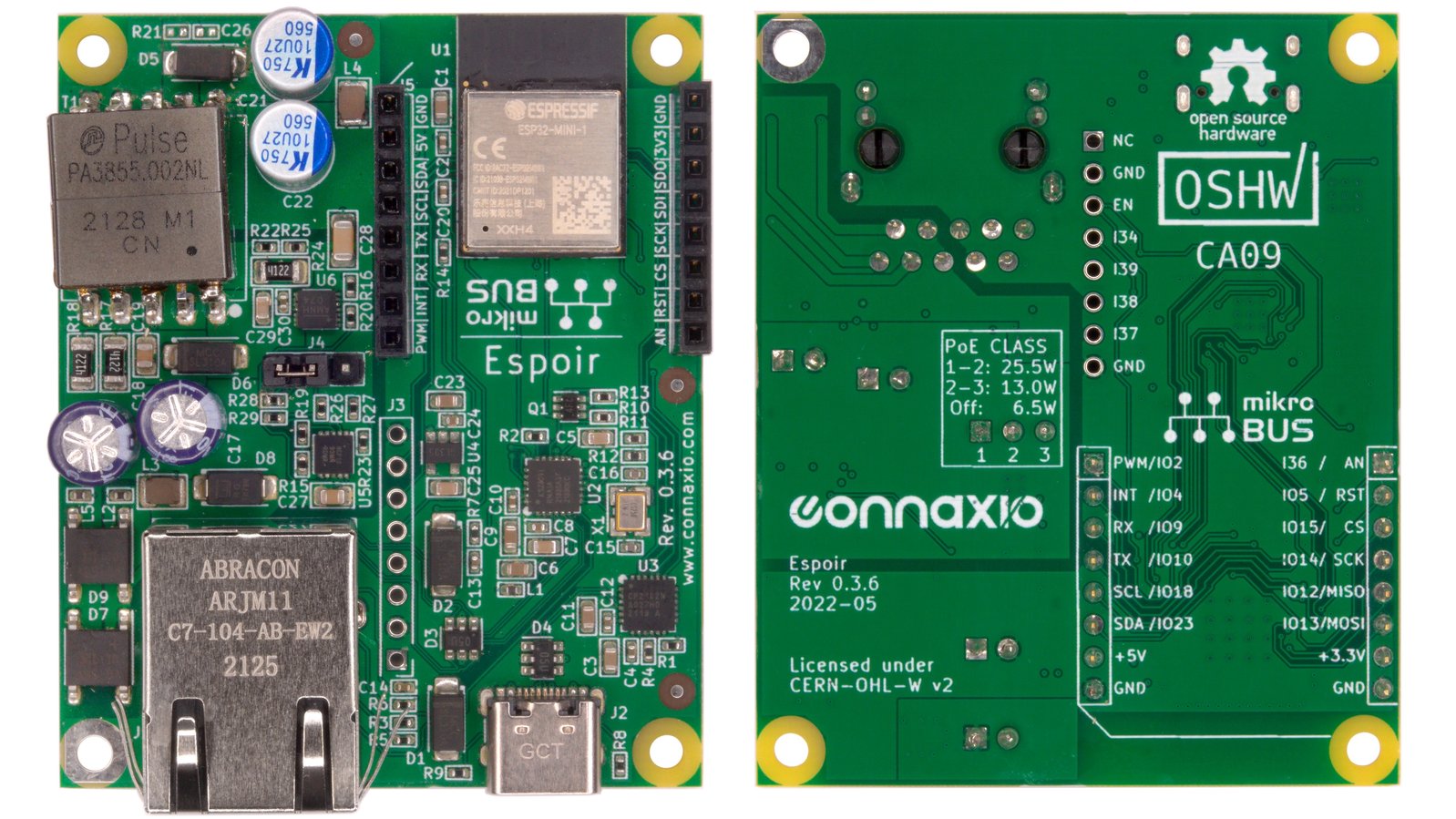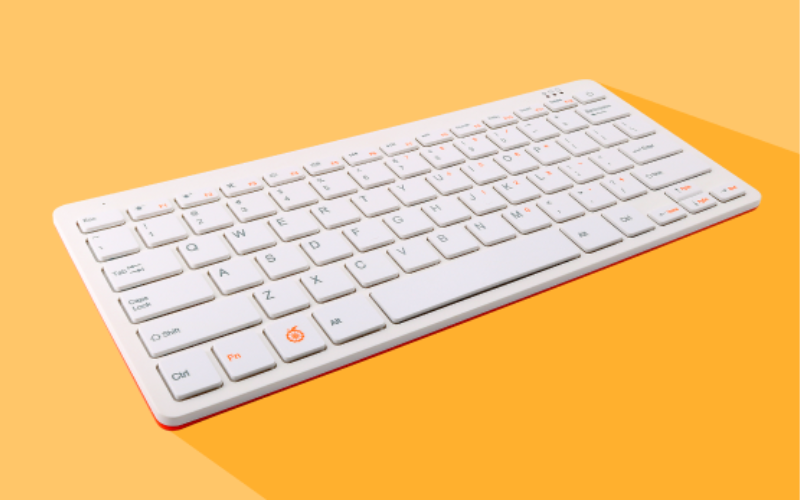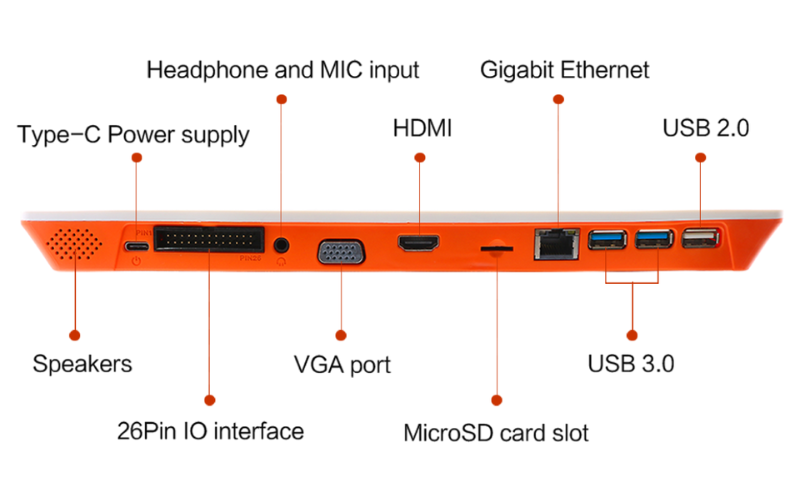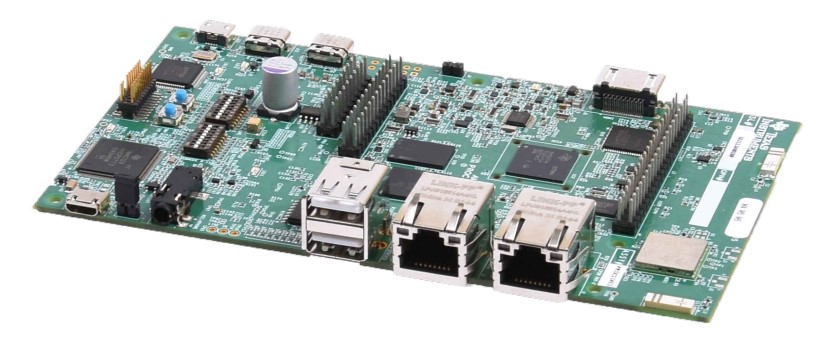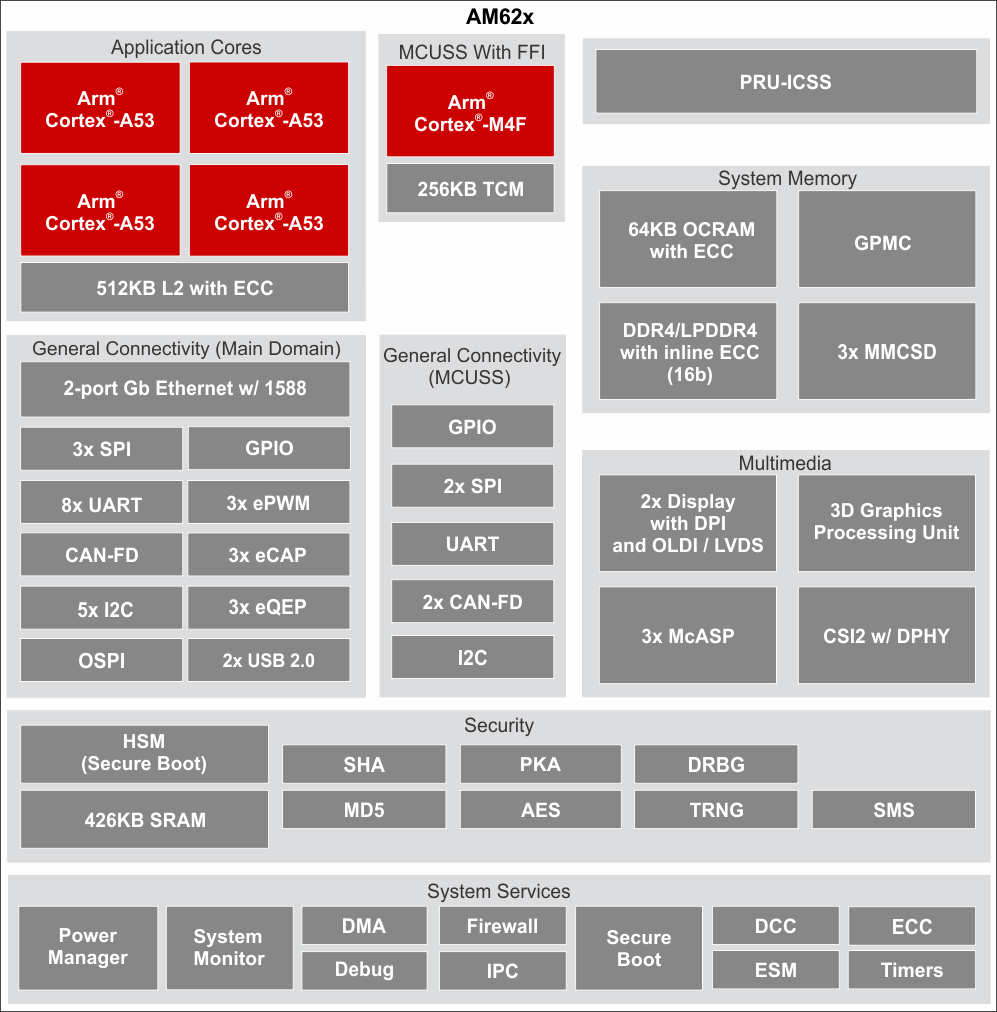The U.S.-based drone software platform, Auterion announced the release of the AI Node, an onboard computer for drones and other mobile robots. The AI Node boosts the performance of the Skynode by adding the performance of a supercomputer at the edge.
The AI Node features the smallest AI computer for edge and embedded systems, the NVIDIA Jetson Xavier NX bringing the performance of a supercomputer to the edge in a small form-factor SOM. The resources required for compute-heavy AI algorithms like object recognition, tracking, or counting are delivered by the AI node using the Jetson module. Furthermore, the NVIDIA Jetson Xavier NX offers up to 21 TOPS of accelerated computing which facilitates the delivery of the required horsepower to process data from multiple high-resolution sensors and to run modern neural networks in parallel.
As enterprises leverage more powerful cameras and sensors on drones, the huge amount of data being created will overload any current data link, including 5G,” said Markus Achtelik, vice president of engineering at Auterion. “It’s much more efficient to process raw data onboard via supercomputer so that the operator or even the software itself can engage in real-time decision-making. AI Node delivers the horsepower to run modern neural networks in parallel and distil data from multiple high-resolution sensors—which translates into faster innovation for enterprises and other organizations.”
Auterion’s AI Node is a development and prototyping platform that is embedded in an enclosed unit with extended memory, a wide input voltage range, and a variety of connections. NVIDIA libraries can be used to optimize applications and are easily deployed by using the Auterion developer tools.
The AI Node supercomputer can seamlessly be integrated with the Skynode with its easy integration with the open ecosystem of Auterion, making it a powerful solution for the end-users. AI node runs on the same software as the Skynode, the Auterion OS which facilitates providing the users with an identical user experience.
“Some of our customers have very specific requirements necessitating a considerable amount of onboard computing,” said the CEO and principal engineer at Watts Innovations, Bobby Watts. “For this, we turned to Auterion and AI Node, which allows us to run GPU intensive software onboard for applications such as vision-based precision landing, real-time mission navigation and other vision-based capabilities. Because AI Node is a part of Auterion’s tight ecosystem, the integration and implementation is as clean as could be.”
For more information on Auterion AI Node supercomputer, kindly visit their press release page. In addition, the onboard computer can now be pre-ordered from Auterion’s product page.


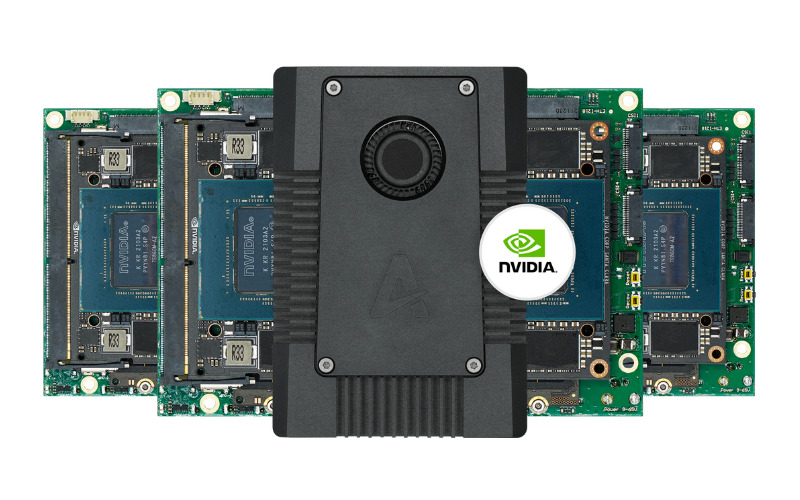
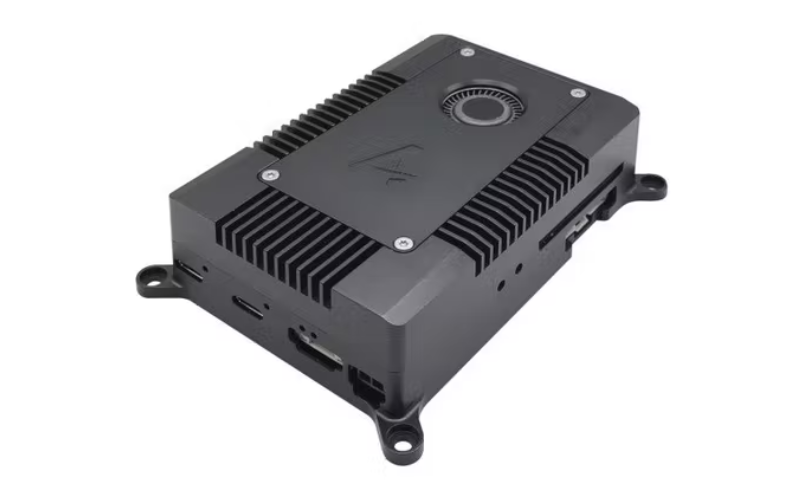
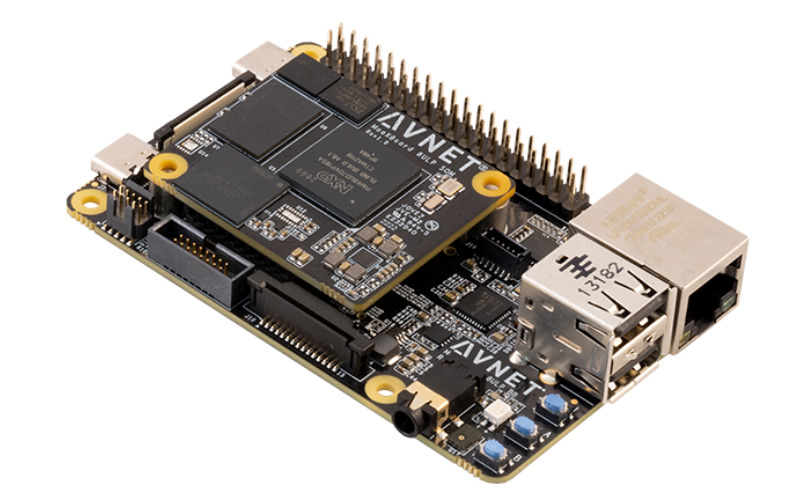
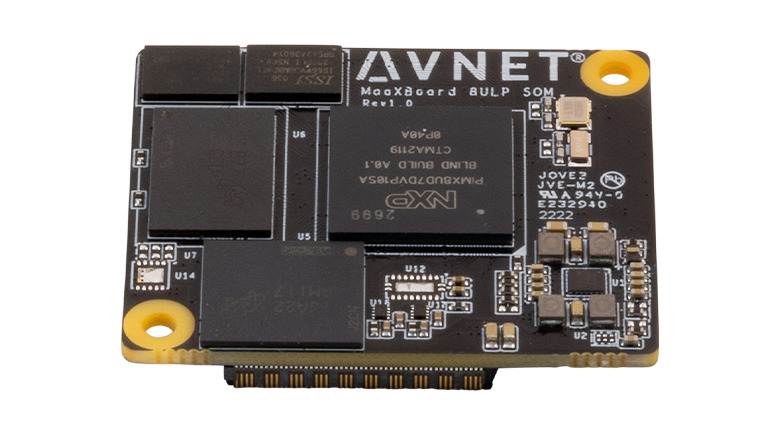
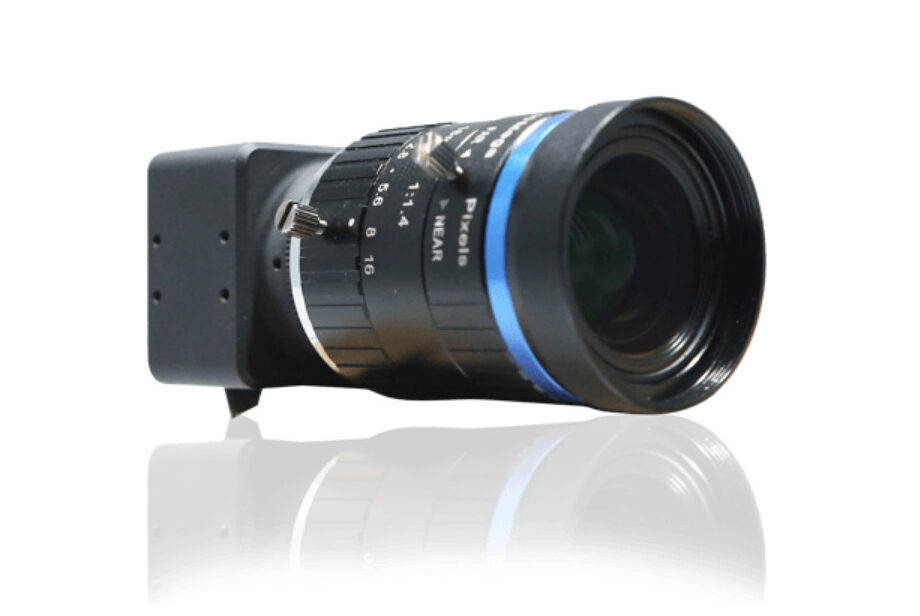
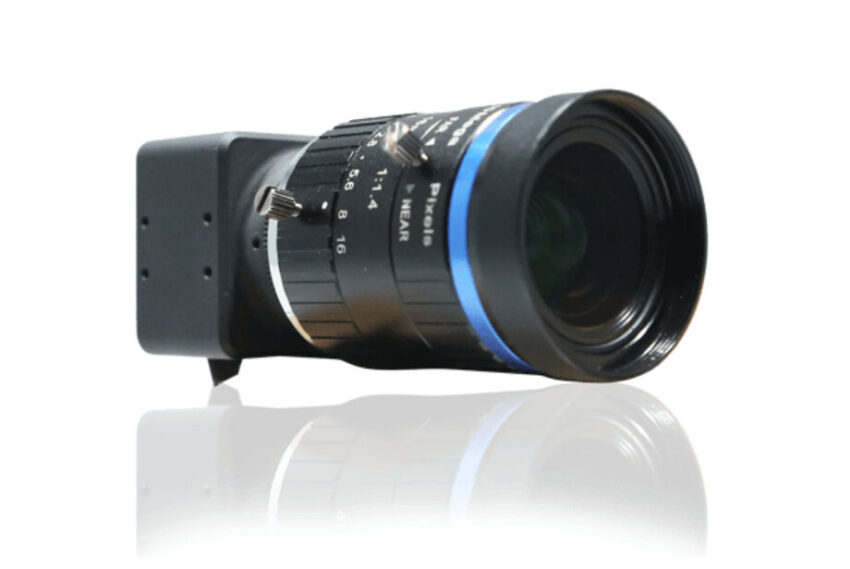


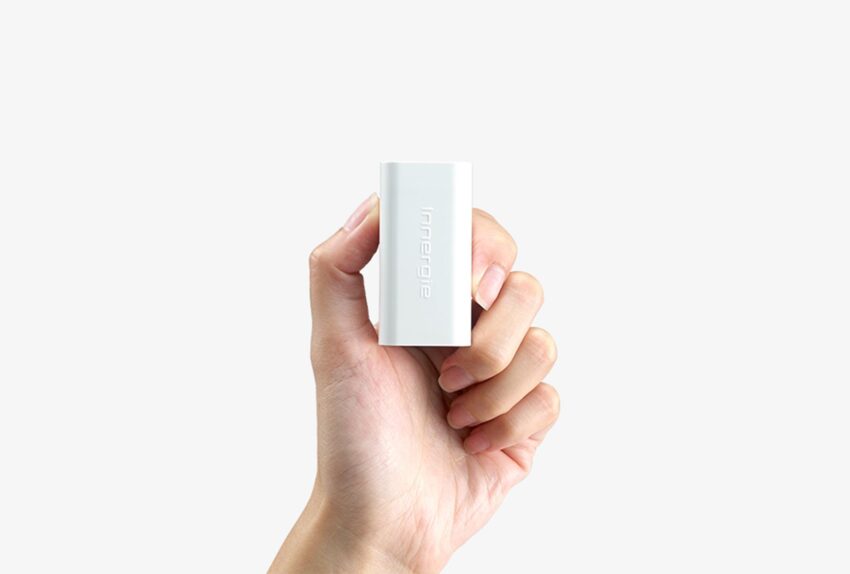
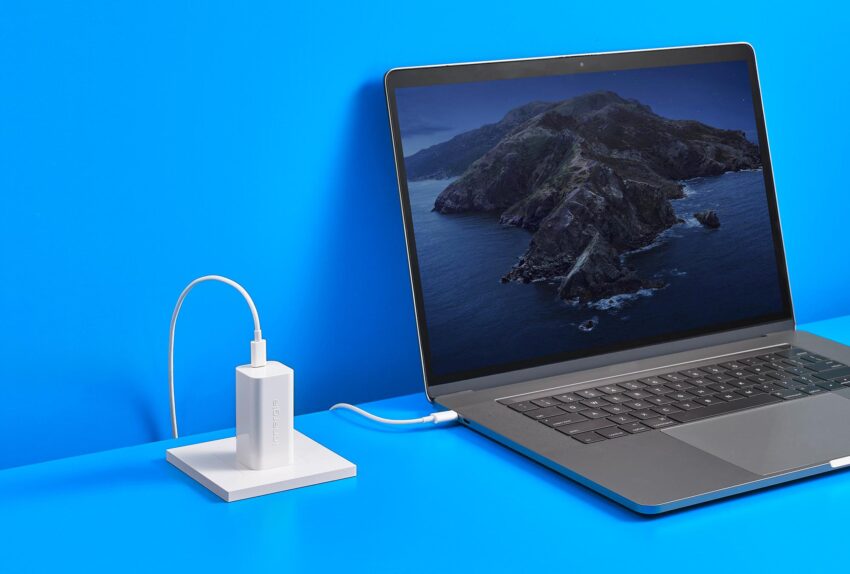

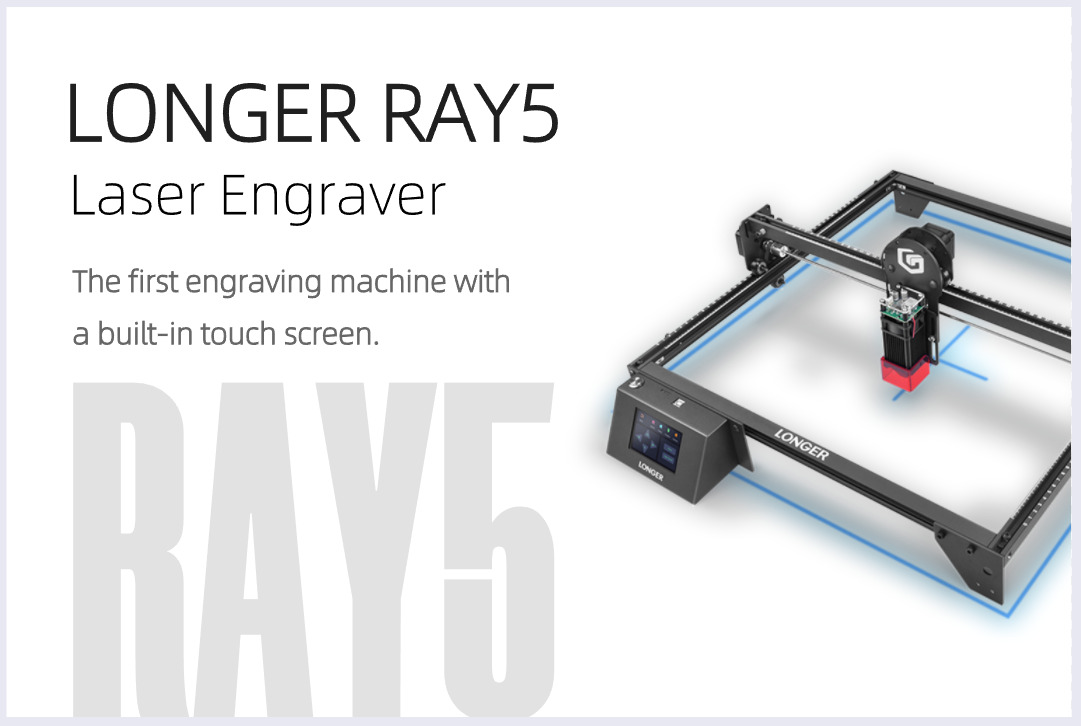
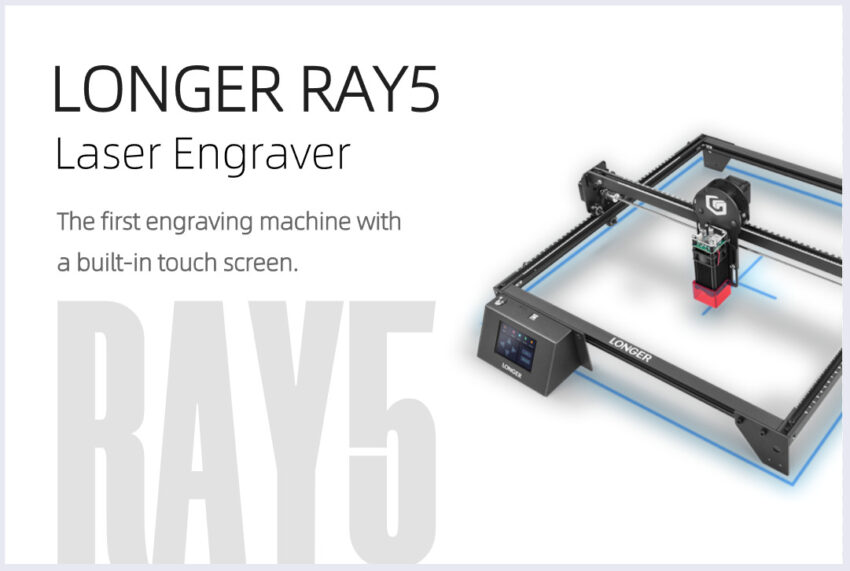
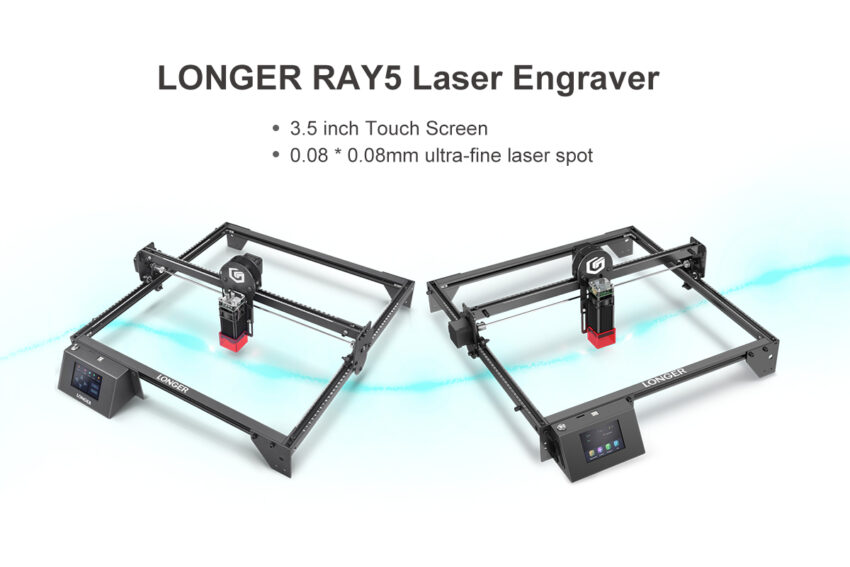
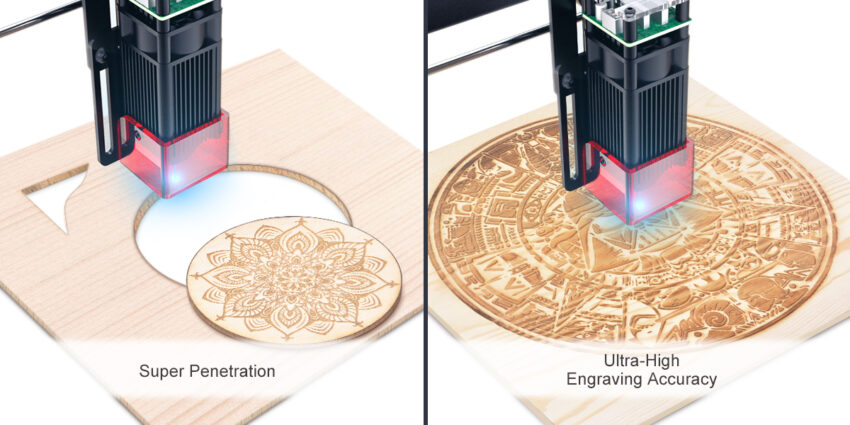
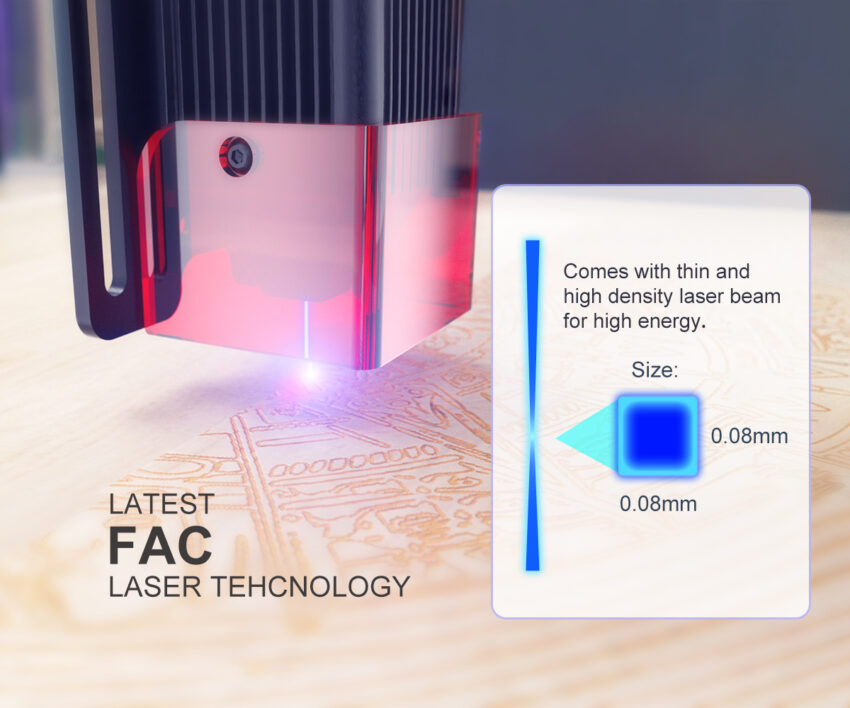
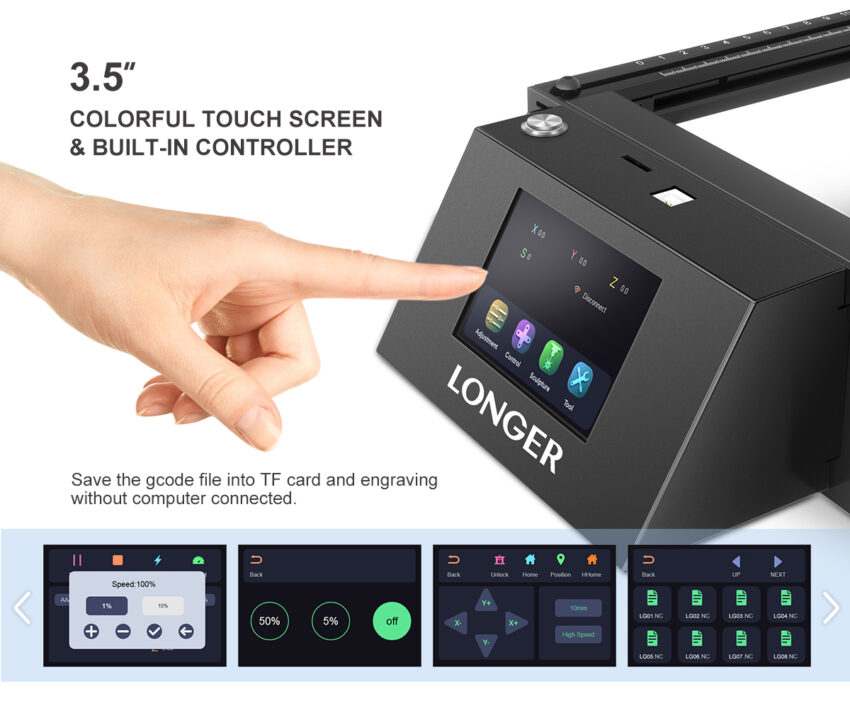
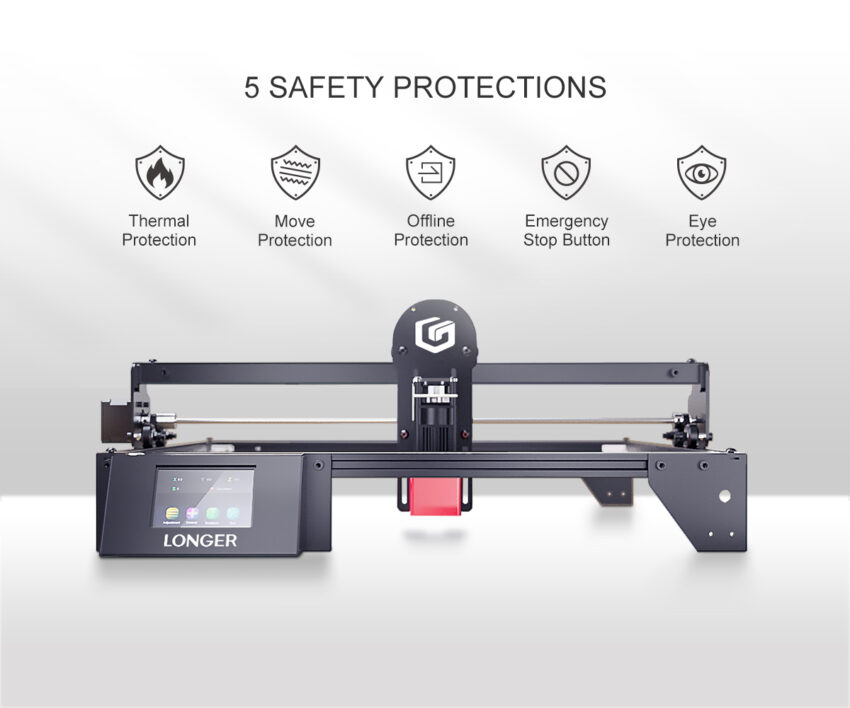
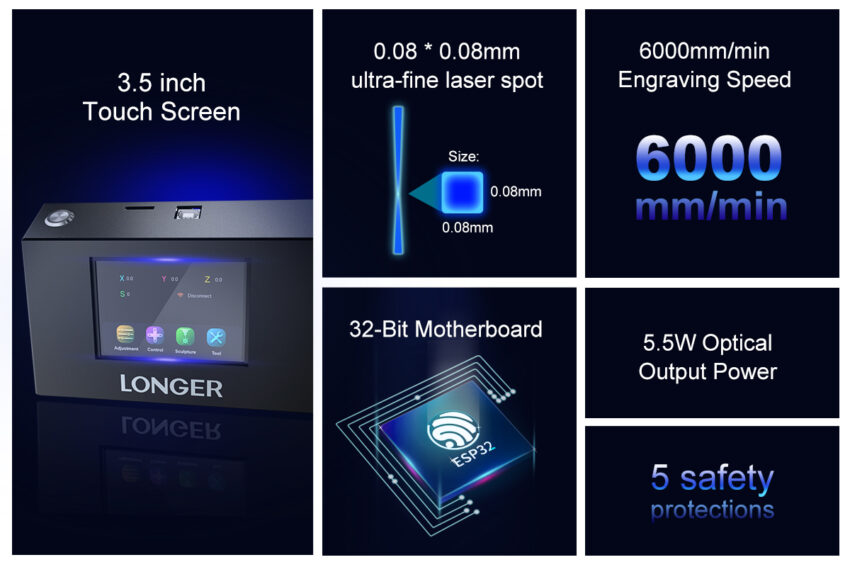
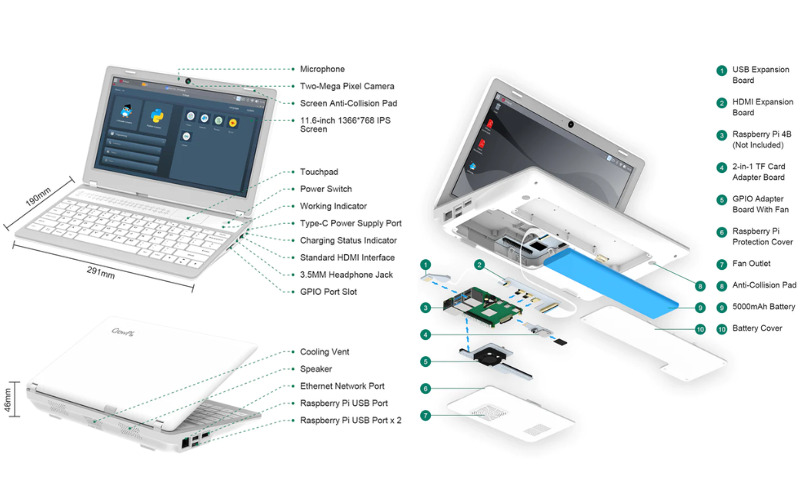
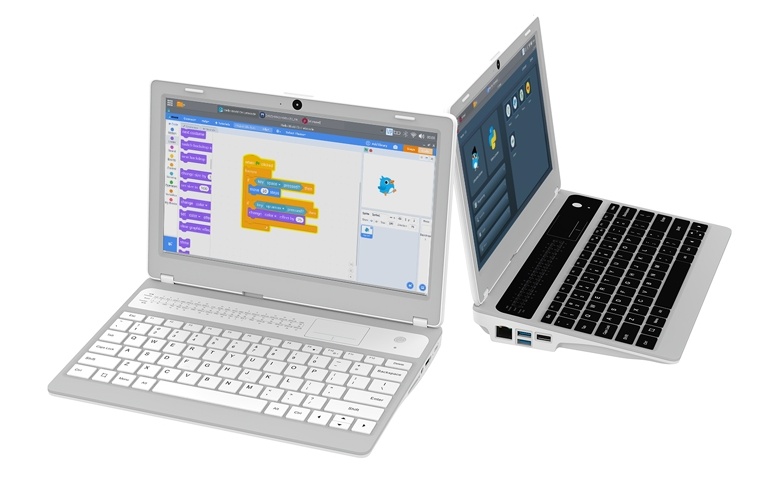 After
After 